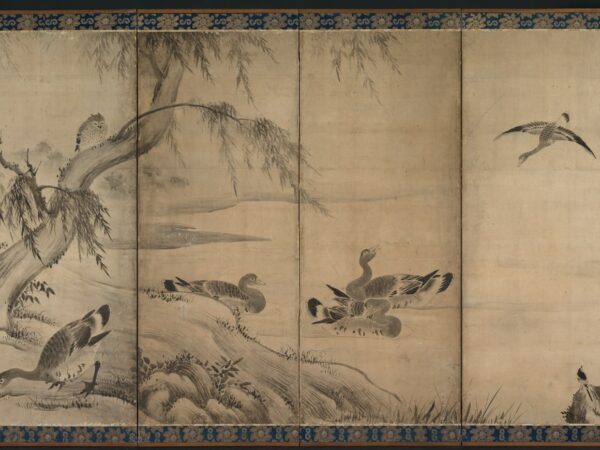
This essay makes a strong case that the social, political, economic and ideological developments that accompanied the transition from the Heian (794–1185) to the Kamakura period (1185–1333) generated epistemic and social structures of a longue durée that remained permanently available as a resource for a Japanese form of secularity.